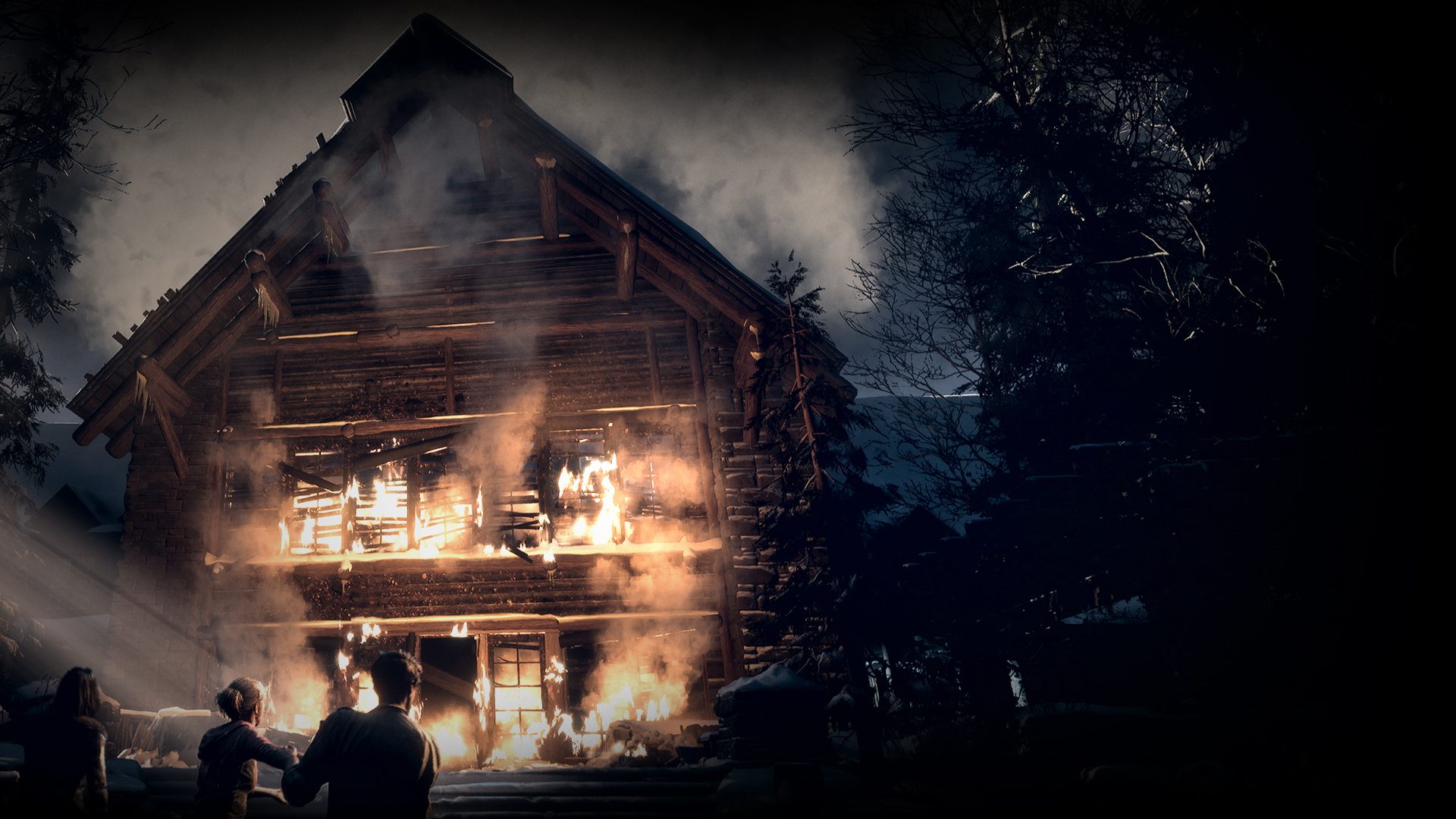I'm considering to get a NVME in near future, thanks.
However, I do think that the devs MAYBE tried to optimize the game even more for NVME over SSD, hence the requirement?
I am not able to speak to how developers choose to optimize their games. Developers do not care that you are using an HDD, or an SSD, or an NVMe. However, developers do care about game performance. NVMe drives can load assets nearly instantly. This makes it possible for developers to build games that continuously stream massive amounts of data without any interruptions. SSDs, while still a great storage medium, are a limiting factor. Most SSDs in consumer systems are SATA SSDs. The maximum theoretical data transfer speed for SATA SSDs is around 600 MB/s. The NVMe protocol was specifically designed for flash storage. This allows for vastly improved communication between the storage drive and the system's CPU. PCIe 3.0 can achieve speeds of up to 3,500 MB/s, while PCIe 4.0 (common in newer NVMe drives, such as the Samsung 990 Pro drives that I use) can reach 7,000 MB/s or more.
To put that in perspective, PCIe 3.0, which is rapidly being replaced by newer PCIe 4.0 and PCIe 5.0 systems and drives, is almost six times faster than the theoretical maximum of a top-tier SATA SSD. In terms of game development, NVMe drives provide a significant advantage in reducing load times and ensuring smooth asset streaming during gameplay. This speed allows developers to push the boundaries of what is possible, creating larger, more detailed open worlds with fewer loading screens and interruptions. Games that rely heavily on streaming assets (such as textures, environments, and sound) benefit immensely from NVMe drives because the data can be accessed and loaded much faster than with traditional SSDs or HDDs.
Again, I stress that SSDs are still a great storage medium. I have two SATA SSDs in my system right now. The issue is that SATA SSDs are a bottleneck when it comes to larger games utilizing a greater number of resources. You will never be able to "optimize" these larger games so that their performance with an SSD will be at the same level as an NVMe drive. You either have to limit the game's performance to the lowest common denominator (e.g. tailor a game to an HDD regardless of whether the drive used is HDD, SSD, or NVMe - or tailor a game to an SSD regardless of whether the drive being used is an SSD or an NVMe), or you have to do what has been done here: have different performances based on the different storage medium being used. With the former, someone with an NVMe drive is going to be upset that the game is not utilizing their hardware. With the latter, you get threads like this with people baffled as to why an NVMe drive is now recommended for high settings.


 blog.playstation.com
blog.playstation.com




